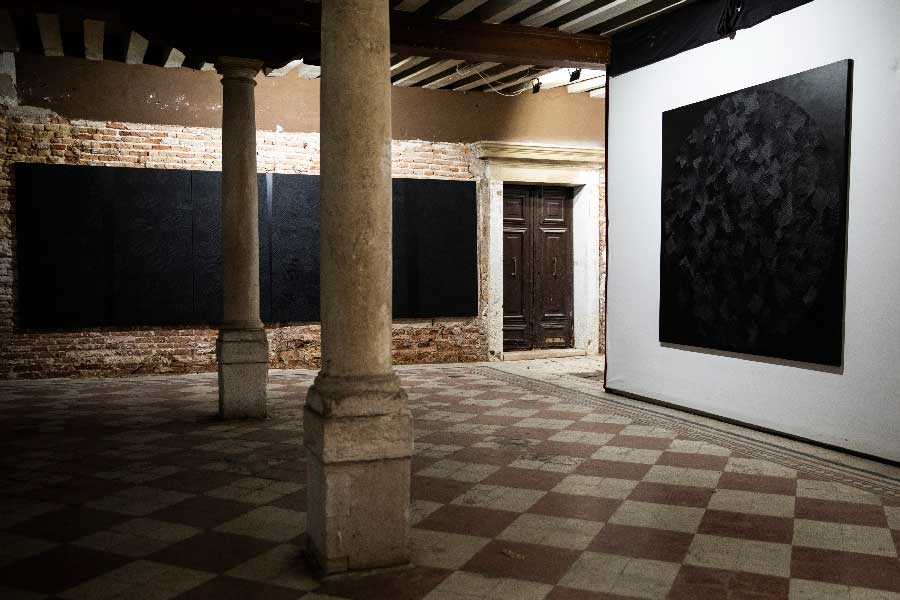Interview with MICKO – Mice Jankulovski - FB

Language Selector
FLORENCE BIENNALE
18 - 26 OCTOBER, 2025
Fortezza da Basso
Viale Filippo Strozzi 1, Florence FI
Opening to the public Saturday 182 pm
Office hours:
- From Monday to Friday9 am to 5 pm
- Saturday and SundayClosed
CustomWidgetTemplate
Interview with MICKO – Mice Jankulovski
How have you started your artistic career?
Up to the age of 9 years I lived in the outskirts of Skopje in the only house that was located in the park. I did not have a radio or TV, the park was my yard, my garden. I jumped with locusts, dreamed of touching the stars. Then, I started to wonder about art, architecture, cartoons and afterward professionally to deal with everything that inspired me. I started to touch the stars, dreams started to become reality.
I was interested in the movement (kinetics) … I did not know what art is, if anyone else create art, I did not know that exhibitions are organized. The picture I painted at the age of 15 (in 1969), a panel of painted shapes in various colors was created in order to connect the panel with a shaft and a rotor so the image can circle around and I can see how the colors are mixing.
That particular painting with a circle, as well as others with organic forms from that time, were the basis of Form 1. – the first phase of my painting that defined me as an artist.
According to many art critics, this beginning, such the pictures of that time, was extremely original in the historical context of art (Enzo di Martino, Melanie Zefferino, Zsolt Petrani). For 50 years now, these forms are dominant in my work.
If we ignore all the paintings and drawings from the childhood (still life, landscapes, portraits…), the painting with the circle, which is the basis of my 50-year-old work, is my first piece of art, even, back then I was not aware of it. In fact, then I created two paintings – one with purified forms and one with organic forms. Paintings with purified forms were dominant afterward because of the movement with which I was obsessed with, so… yes, the painting from 1969, oil on panel, 33.5 x 33.5 cm that I did at my age of 15 can be considered as my first work of art.
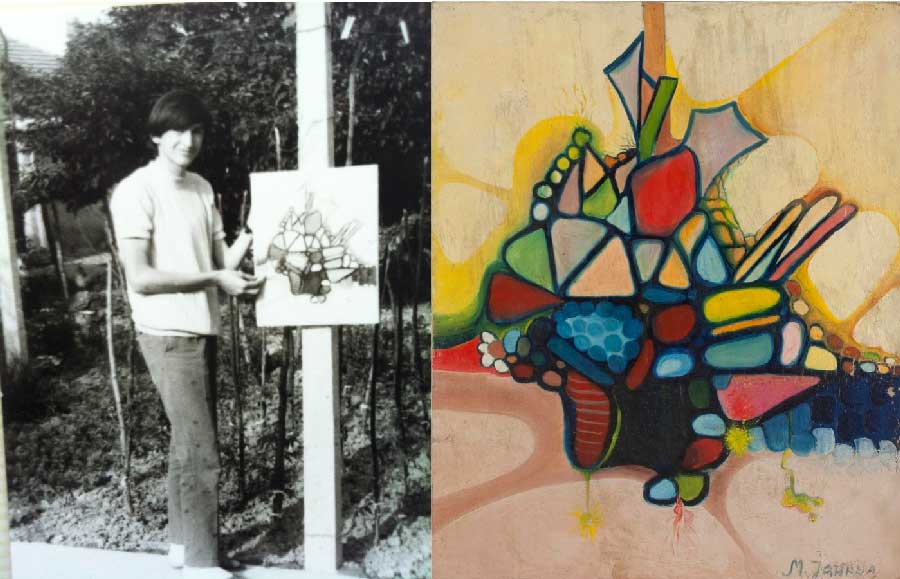
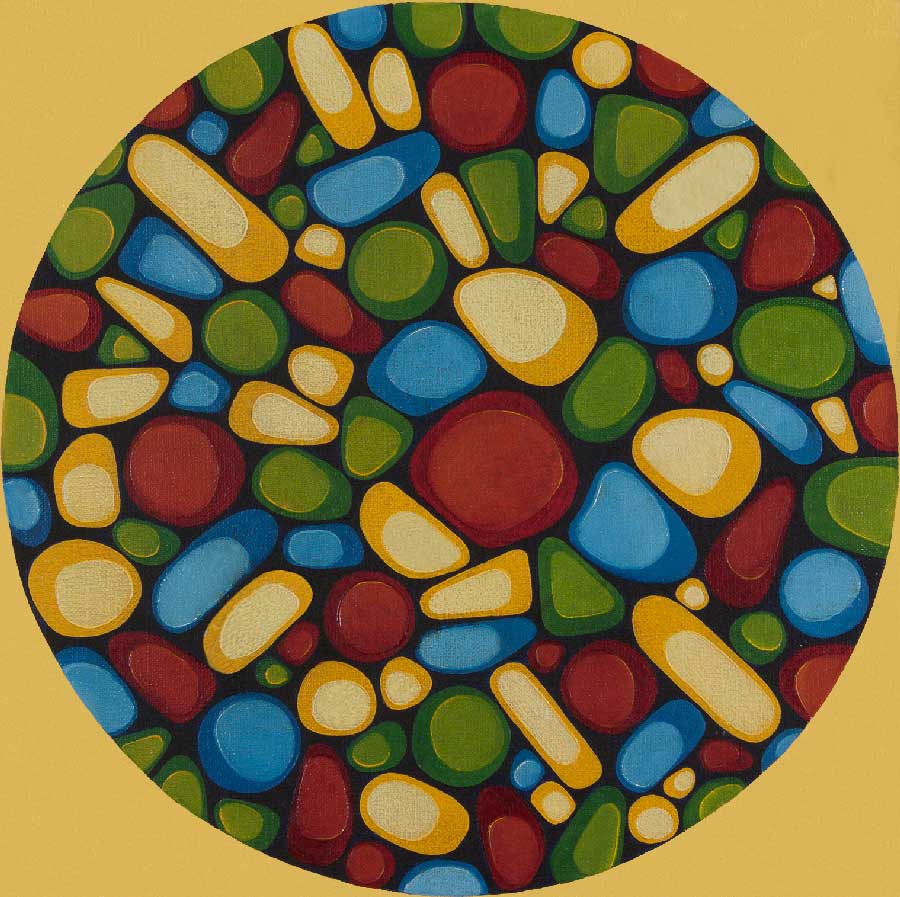
Can you explain how do you project and create your artworks?
My artwork consists of 3 phases: Form 1, Form 2 and Form 3.
Form 1. with its purified forms had prevailed in my early artwork. The purification continued further on, so I went deeper in the paintings and created minimalist details on large canvases – which appear to be Form 2.
From 2011 on, my artwork style switched to Form 3. – large series of acrylic canvases created with only one color – black. The constant focus and movement from one form to another led to big turn-off in the Form 3. – to get rid of the brushes and other colors, to paint with specially made black pigment, and to feel freer than ever: for the first time I breathe normally, I feel my hand like a flying wing… Now I use various tools, rakes, combs, fingers, with which I rub on thick layers of black paint on the canvas … and it gives fantastic, very specific results that have become my artistic mark.

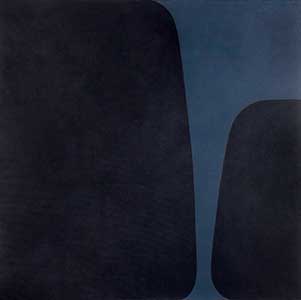
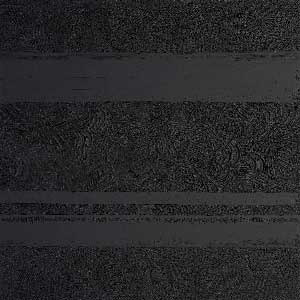
You are the president of the Osten Biennial of Drawing. Could you speak about this event?
In life there are different priorities and decisions. The decisions I made during my life defined me both as a person and as an artist. I was extremely active in the community: the founder and first President of the Film Youth of Macedonia, founder and first Director of the Youth Film Forum, founder and current President of the Association of Cartoonist of Macedonia, one of the founders of FECO (Federation of Cartoonists’ Organizations), founder of OSTEN Biennale of Drawing and Museum of Drawing, and above all an artist who expressed himself in several media … all these activities were my priorities at some point of my life, sometimes requiring sacrifice of my own art production. But, on the other hand, I never asked anybody to provide working or living conditions for me, on the contrary I created them for myself, and for other artists as well.
The theme of the XII Florence Biennale focuses on Leonardo’s multifaceted being: an outstanding artist who explored nature in order to grasp the knowledge spanning different disciplines. What do you think about the heritage of this figure in nowadays contemporary art and design?
Very few people in all times made such an influence as Leonardo Da Vinci did. His legacy is not only limited to the art, but also to the science, philosophy and way of living of the humankind. His legacy is not only about creation, innovation, clarification, and explanation of many different aspects of life, but also inspiration for the same. I appreciate a lot the Ars et Ingenium of this edition of the Florence Biennale and I prove my excitement about it the best by my series of 11 paintings “Leonardo’s Circles”, inspired by Leonardo’s study in the water. A segment of 4 paintings of this series will be exposed within the Florence Biennale exhibition this year, while the series in a whole consists of 500 circles – just as the jubilee 500 years anniversary of Leonardo da Vinci death.
Your creative work spanning different media reflects your view of the world as an ever-changing reality: could you explain this approach of making art?
The philosophy of art that I’m creating can be best illustrated by this Japanese folk tale:
When the father asked his son, who had just turned 18, what he wanted to be in his life, the son replied: a poet. The father explained that in their village men became either warriors or priests, so he asked him again what does he want to be: a warrior or a priest? His son replied again: a poet. Then, the father asked his son to go to the highest peak of the mountain, to stay there for a year, and when he will return to tell him what he decided to be: a warrior or a priest. The son obeyed his father, went to the highest peak of the mountain, stayed there for a year, and when he returned, he told his father: I want to be a poet in my life and I’ll write haiku poetry only about the snow.
Basically, the philosophy of my art can be sublimated in one sentence: when you focus long enough and hard enough on what inspires you the most and what you love the most, a whole new world opens to you.
These are ever-changing, cyclical discoveries of new worlds through which the universe is revealed. I achieved this by 50-years painting with all possible colors, just to focus at the end entirely on painting with black, while discovering a whole new world inside.
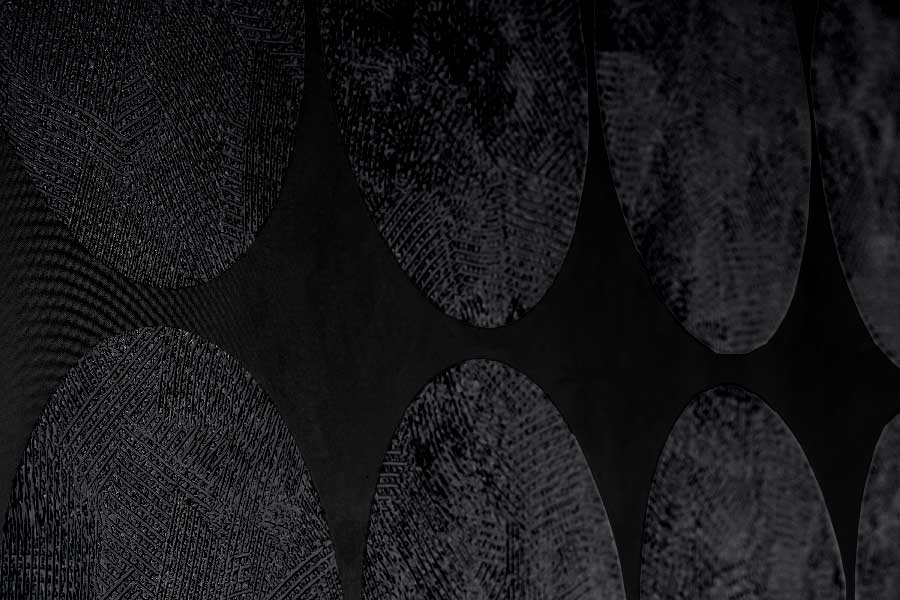
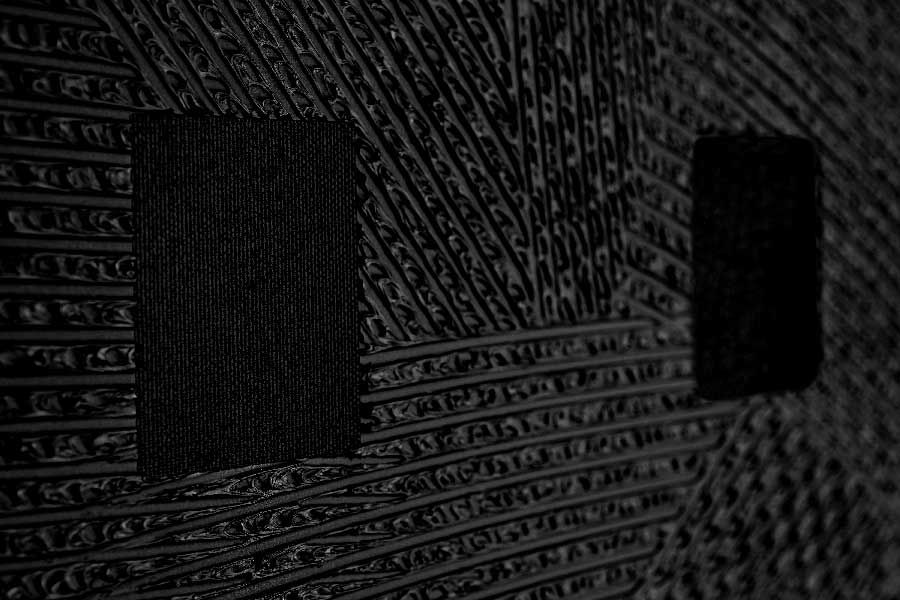
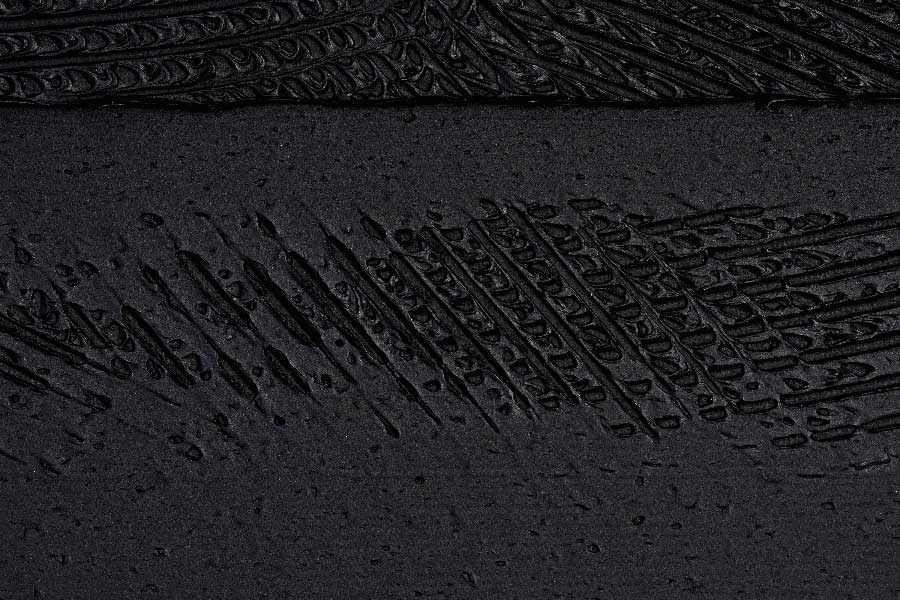
At the XIIth Florence Biennale you are going to showcase your new cycle of abstract paintings made drawing inspiration from Leonardo da Vinci’s studies on water. Could you describe this new project?
The work Leonardo’s Circles is a part of the latest comprehensive conceptual series of basic forms painted on canvas. The main attributes of the works are monochromatism, minimalism, and multiplication.
The circles (inspired from the Leonardo da Vinci studies on water) are systematically applied on large square canvases (195 x 195 cm) according to the rule of perfect square numbers: 1, 4, 9, 16, 25…up to 121 – in terms to achieve 500 circles in the series of 11 canvases (in dedication to 500 years anniversary of Leonardo da Vinci). The series is made by multiplication of the circles within the canvases, and by multiplication of the canvases in a large conceptual work. The circles are created by making patterns of spreads on the thick layer of black paint by different tools such as combs and rakes, while the basis remains plain. When there is no different colors to combine, you play with other characteristics of the paint such as different patterns, different density of the paint, different time for drying of the paint, and of course the light.
The light is most important and integral part of the work.
https://www.micejankulovski.mk/
